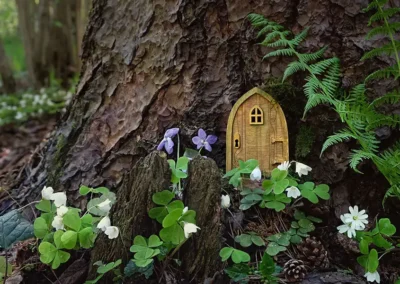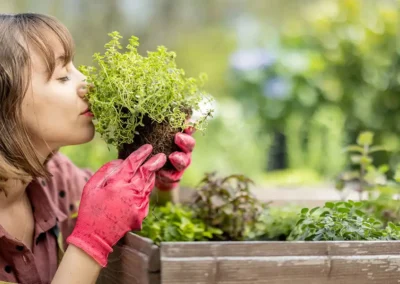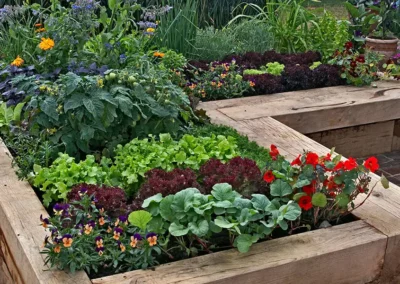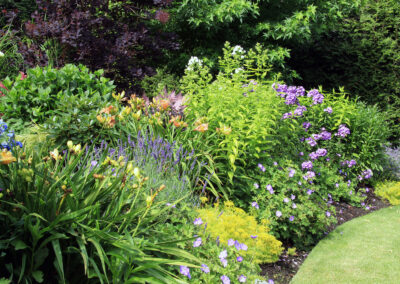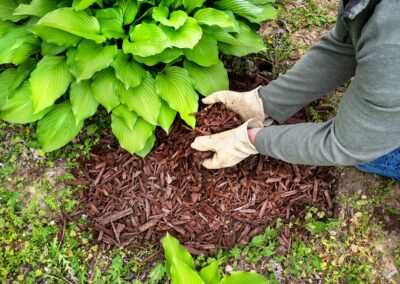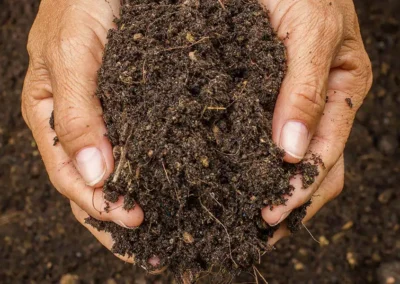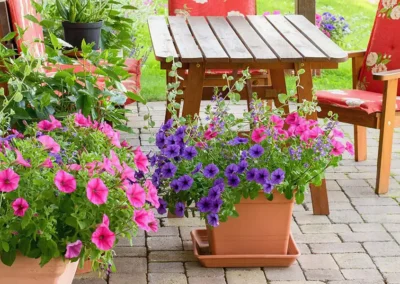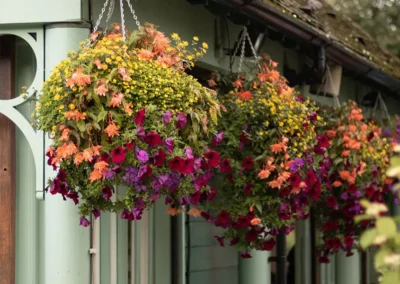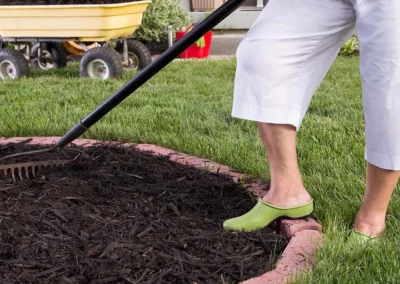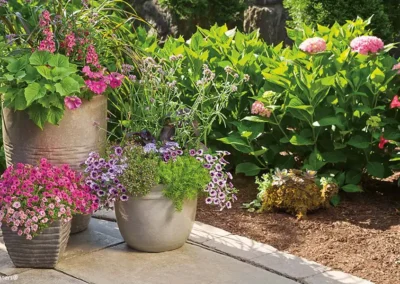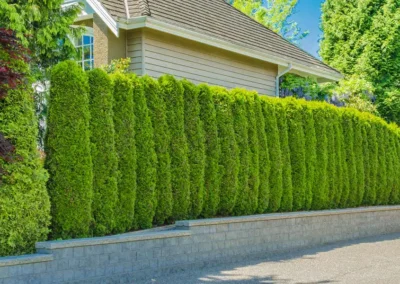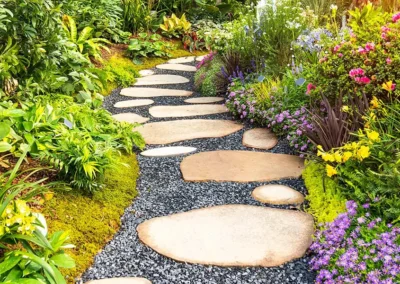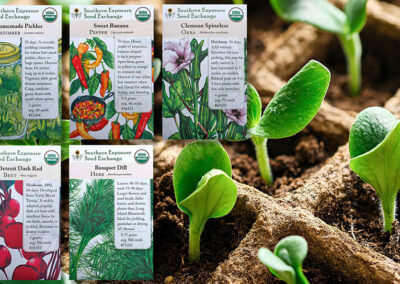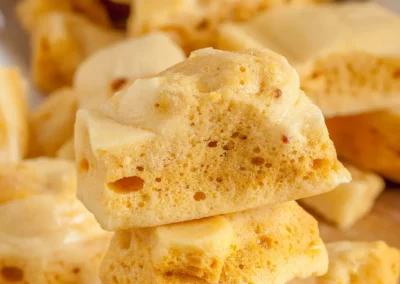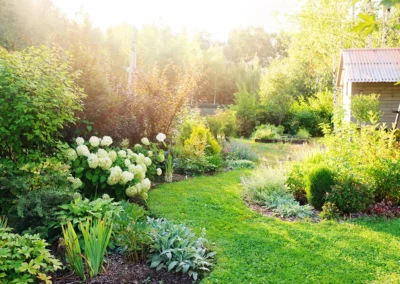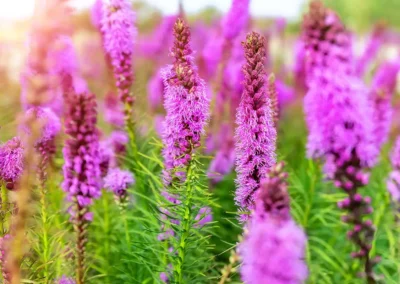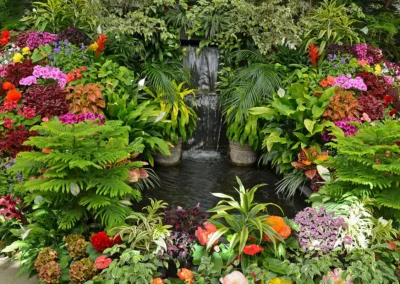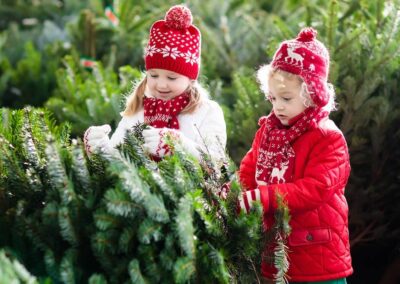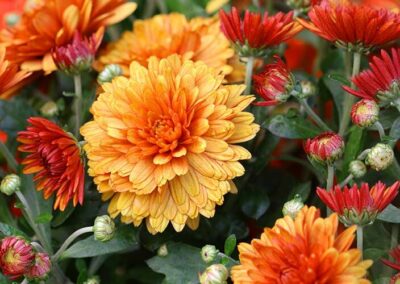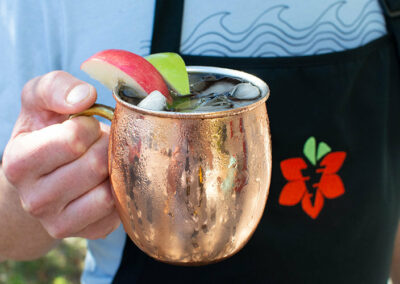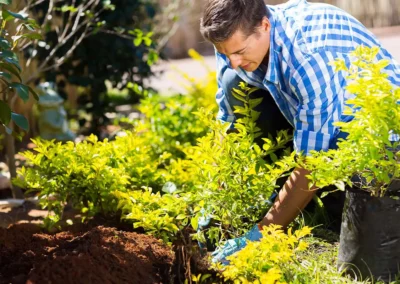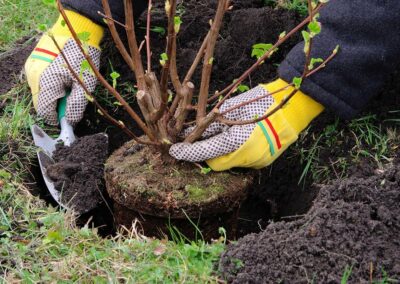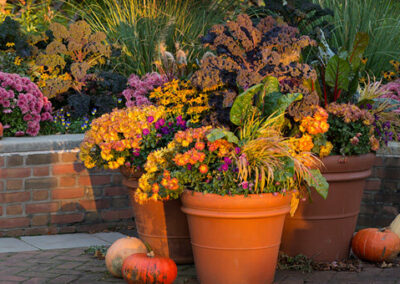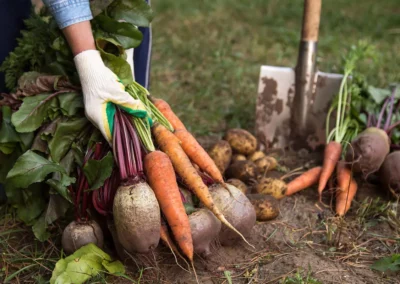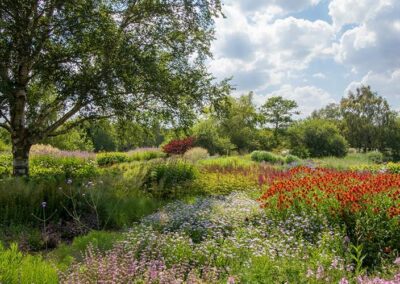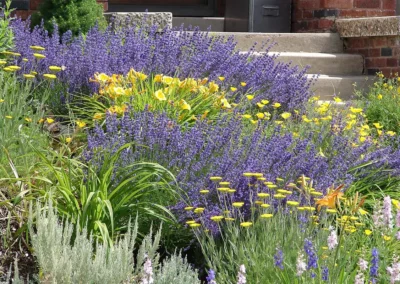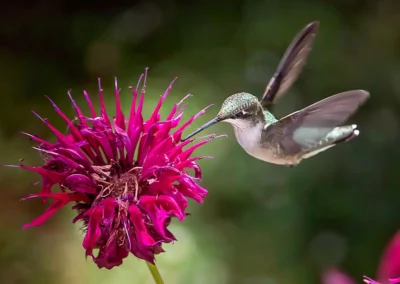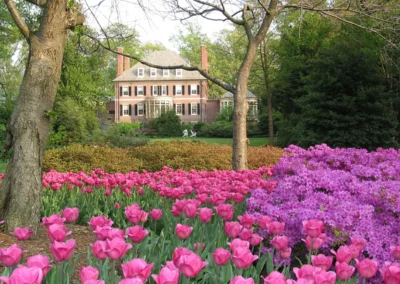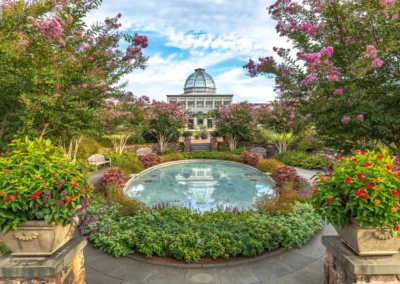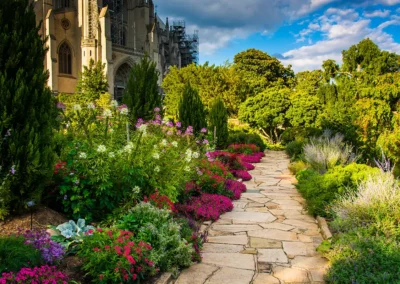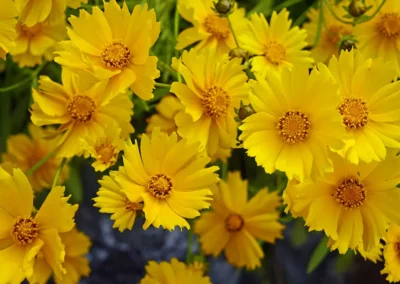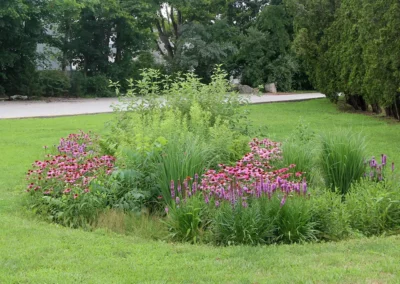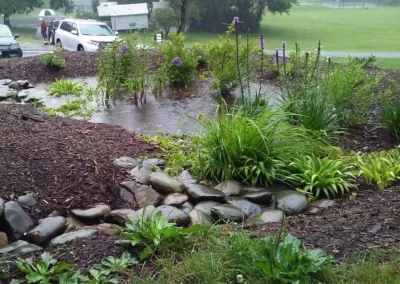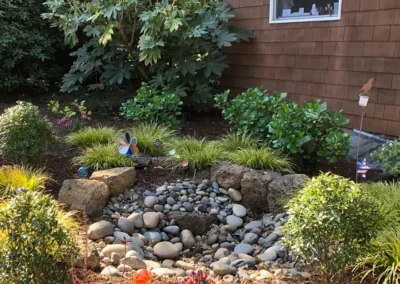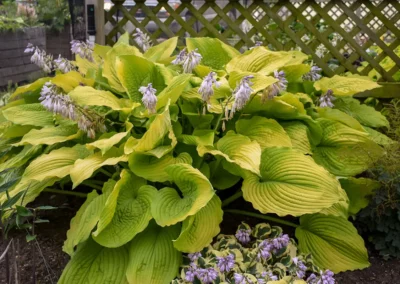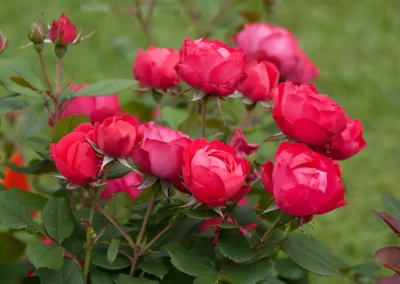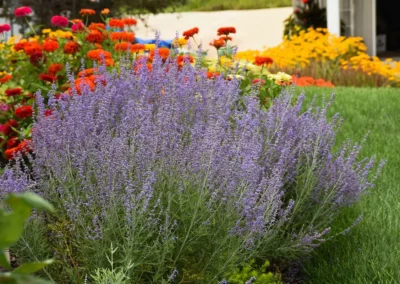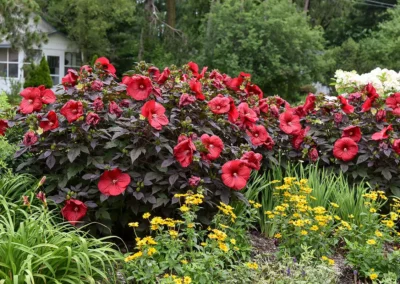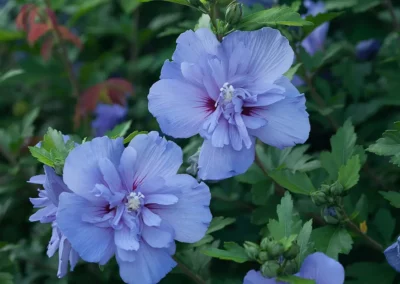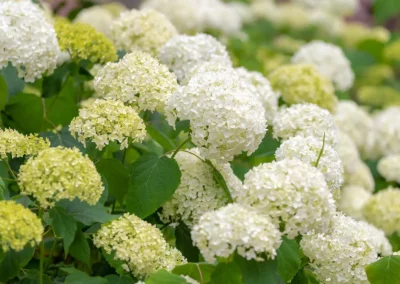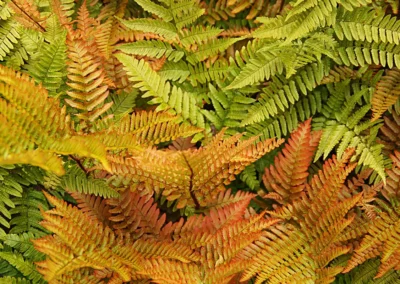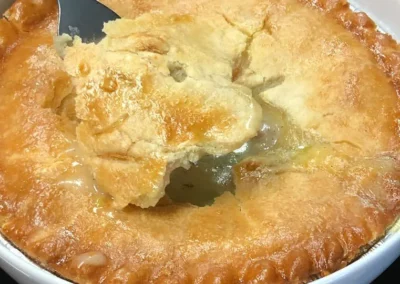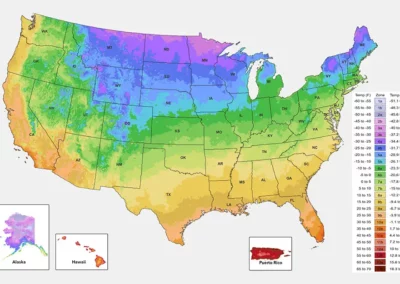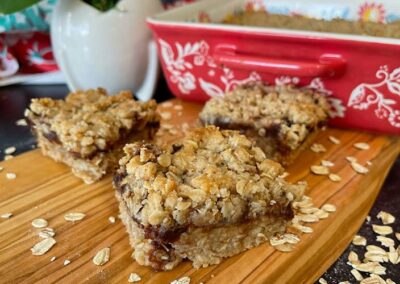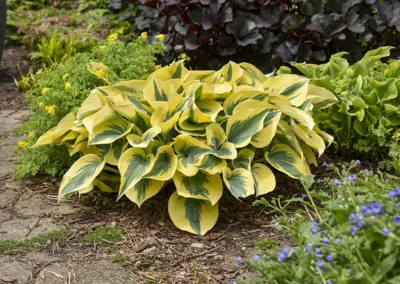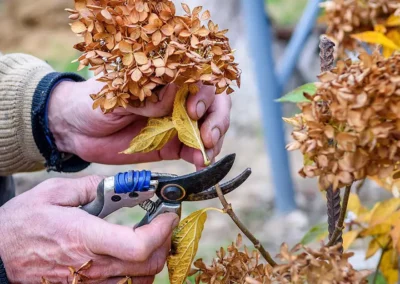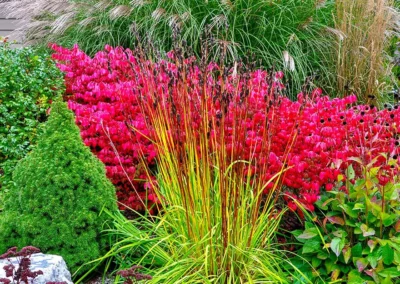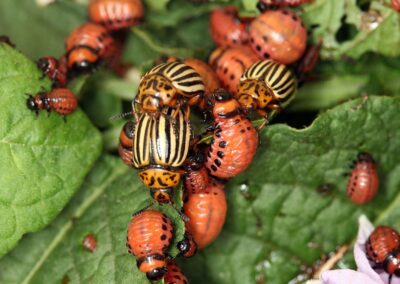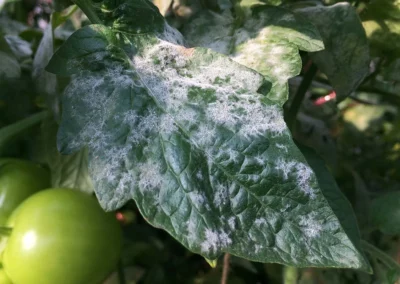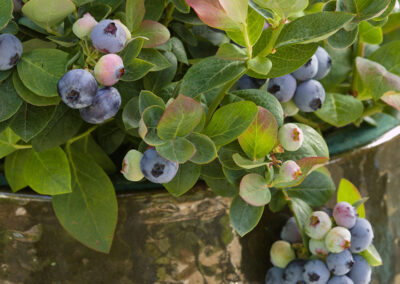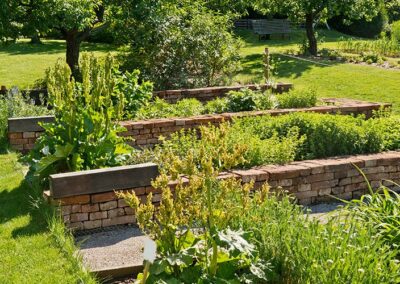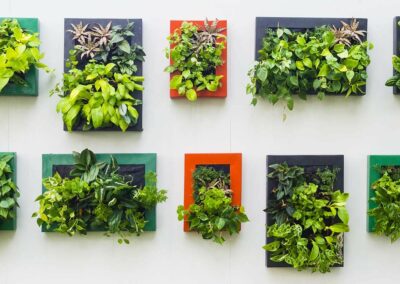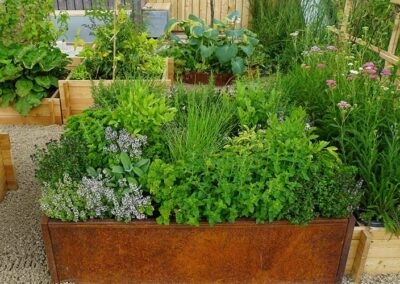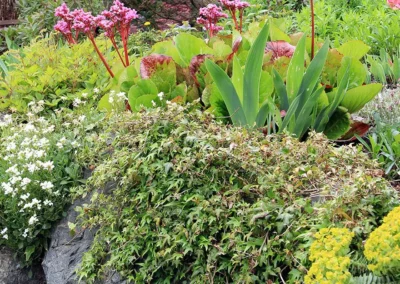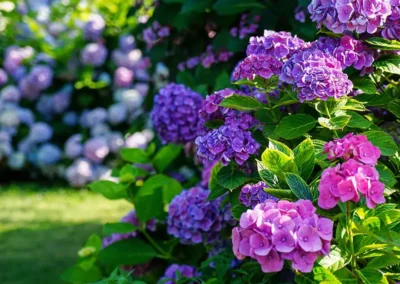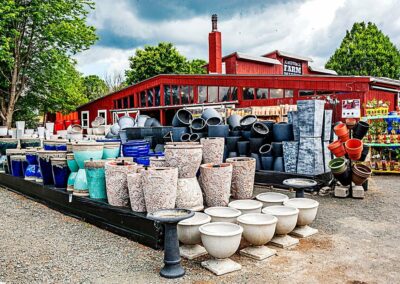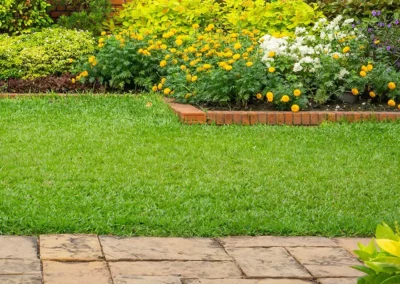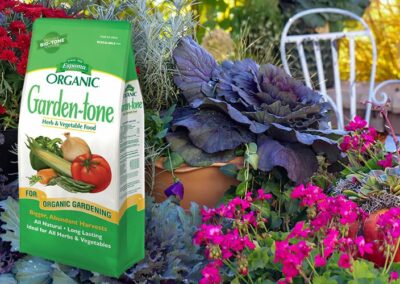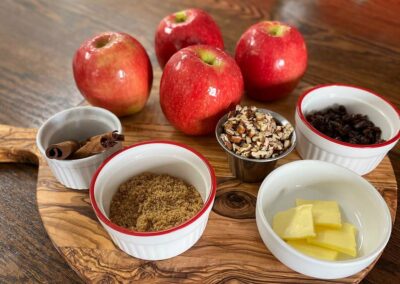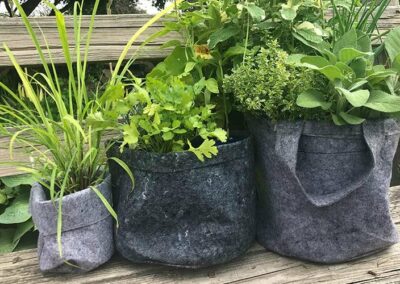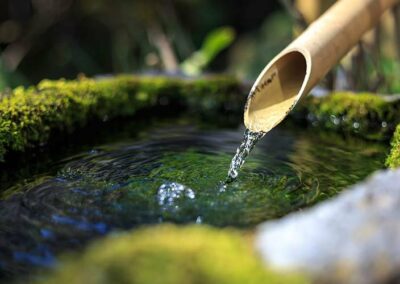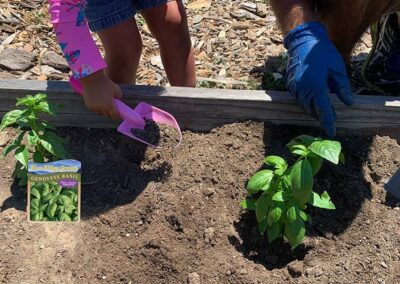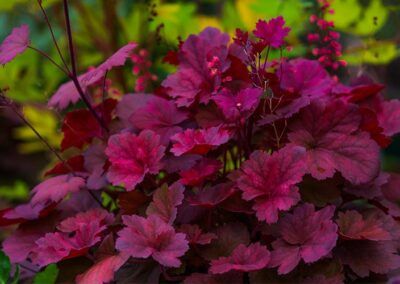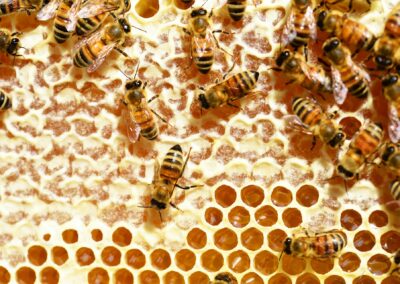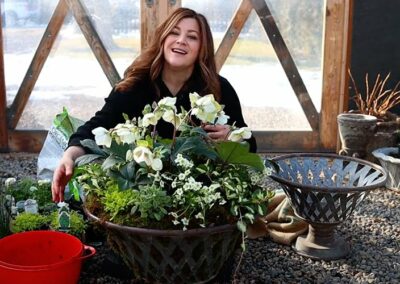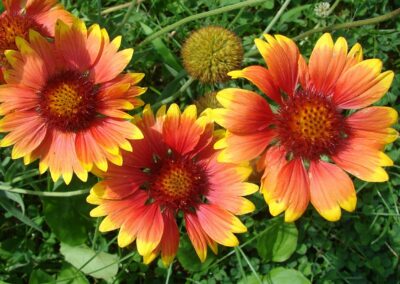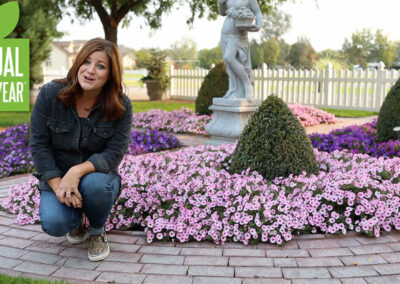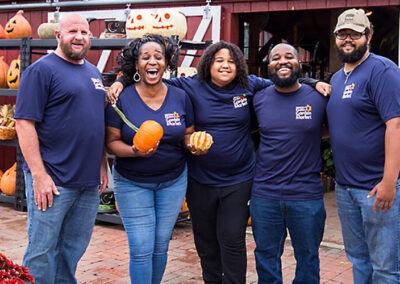Did you know that pollinators are responsible for bringing us one out of every three bites of food? It’s their critical participation in pollinating flowering plants that make this possible. In addition to the food we eat, pollinators support healthy ecosystems that clean the air, stabilize soils, protect from severe weather, and support other wildlife.
In fact, pollination is a vital process that sustains life on Earth, but it often goes unnoticed by many of us. How can that be? (Or should we say, “bee?”) From the food we eat to keeping our planet healthy, pollination plays a crucial role. Let’s explore the fascinating world of pollination, the various pollinators involved, and why providing pollinating opportunities in our gardens isn’t just beneficial, but essential.
First, What is Pollination?
Get ready to get some learnin’ on… Pollination is the transfer of pollen from the male parts (anthers) of a flower to the female parts (stigma) of the same flower OR a different one.
This process leads to fertilization, allowing plants to produce seeds and fruit. While some plants are self-pollinating, most rely on external help—pollinators—to move the pollen for them.
Why Pollination is Crucial
Pollination is the backbone of our ecosystem for several reasons:
- Food Production: About 75% of the world’s flowering plants and 35% of the world’s food crops depend on pollinators. Fruits, vegetables, nuts, and seeds are all results of pollination. (Are you planning on eating anything in that list today? You can thank a pollinator!)
- Biodiversity: Pollination supports plant reproduction, contributing to the diversity of plant species, which in turn supports a variety of wildlife.
- Ecosystem Health: Healthy pollinator populations are indicators of a healthy ecosystem. They help maintain the balance of natural habitats.

The Many Pollinators
Pollinators come in various shapes and sizes, each adapted to different types of plants and flowers. Let’s meet some of the key players:
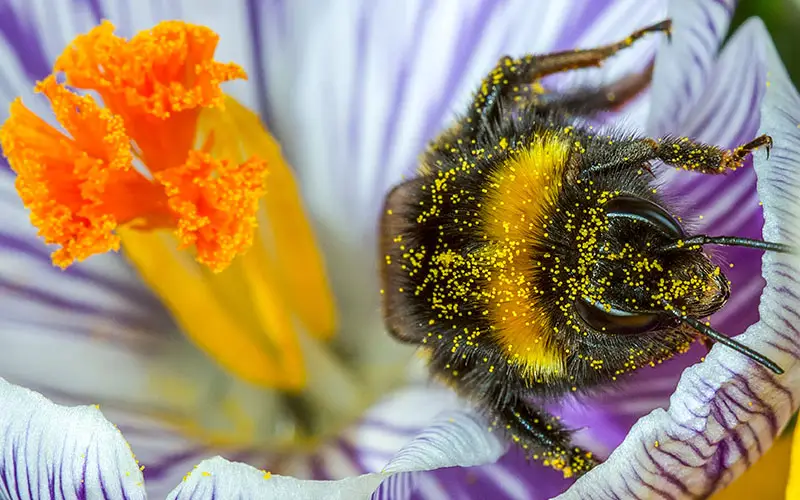
Bees
Bees are perhaps the most well-known pollinators. They have evolved to be highly efficient at transferring pollen. Honeybees, bumblebees, and solitary bees such as mason bees and leafcutter bees are all important contributors.
- Honeybees: These social insects live in large colonies and are responsible for pollinating many of our food crops, like fruits and nuts. In a single year, one honey bee colony can gather about 40 pounds of pollen and 265 pounds of nectar.
- Bumblebees: With their large, fuzzy bodies, bumblebees are excellent at pollinating flowers in colder climates and are particularly good at “buzz pollination,” a technique required for plants like tomatoes.
- Solitary Bees: Unlike their social cousins, solitary bees don’t live in colonies. They are highly efficient pollinators, often focusing on specific types of plants.
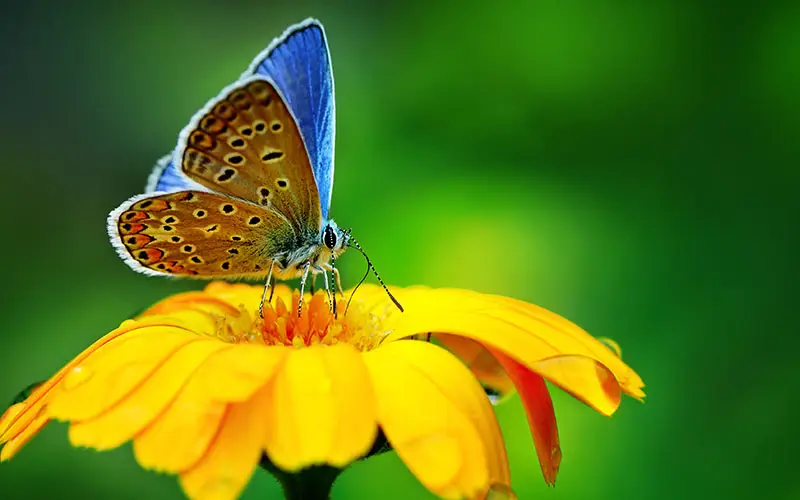
Butterflies and Moths
Butterflies and moths are attracted to brightly colored flowers with strong fragrances. Their long proboscises allow them to reach nectar deep within flowers, inadvertently picking up pollen and transferring it to other flowers.
Active during the day, butterflies prefer flowers with flat, broad petals that provide a landing platform.
Many moths, on the other hand, are nocturnal and pollinate night-blooming flowers that are often white or pale-colored so they’re easier to see in low light.
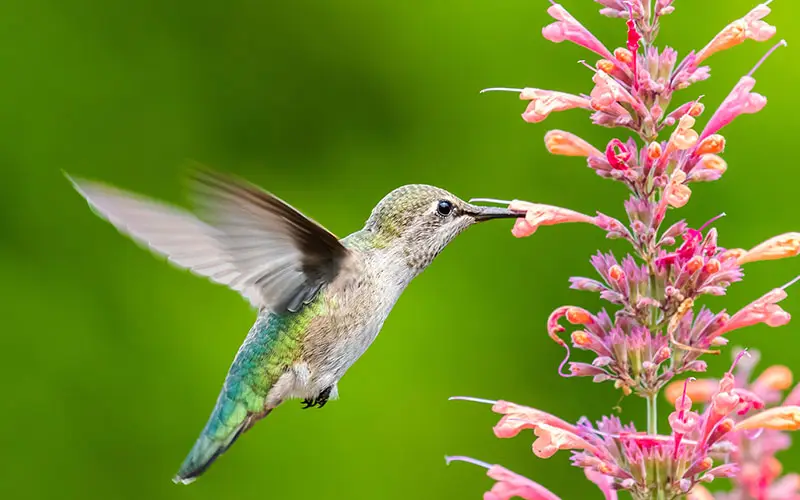
Birds
Hummingbirds are the most common avian pollinators in North America. Their long beaks and hovering ability enable them to sip nectar from tubular flowers, transferring pollen as they move from flower to flower.

Bats
Bats are important pollinators for many nocturnal plants, especially in tropical and desert climates. They are particularly drawn to flowers with a musty or fruity odor, and these flowers are often large and pale-colored.
Other Insects
Beetles, flies, and wasps also contribute to pollination. While they may not be as efficient as bees, their sheer numbers make them significant pollinators.
- Often attracted to large, bowl-shaped flowers, beetles are some of the oldest pollinators.
- Certain flies, like hoverflies, are important for pollinating flowers that bees might not visit.
- Though less common as pollinators, some wasps do transfer pollen, especially to plants such as figs.
How Pollinators Pollinate
Pollinators use a variety of techniques to transfer pollen. Here are a few examples:
- Nectar Foraging: While collecting nectar for food, pollinators brush against the anthers and stigmas, transferring pollen in the process.
- Pollen Gathering: Bees collect pollen to feed their young, carrying it on their bodies or in specialized structures like pollen baskets.
- Floral-Scent Attraction: Many plants emit specific scents to attract particular pollinators. For instance, night-blooming flowers attract moths with their strong, sweet fragrances.
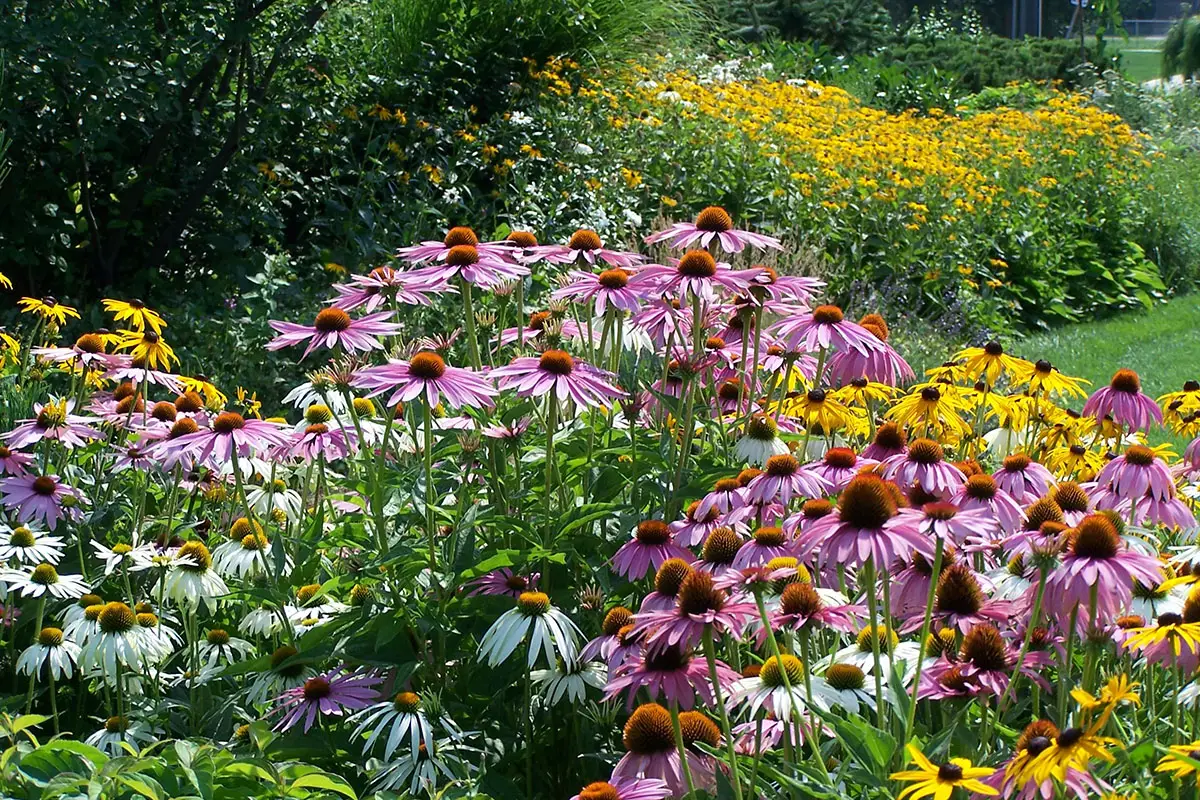
Creating Pollinator-Friendly Gardens
Pollination is so very important, and it’s good to attract a variety of pollinators. How can you support these vital critters in your garden?
- Plant a Variety of Flowers: Include plants that bloom at different times of the year to provide a consistent food source. Native plants are particularly beneficial as they are well-adapted to local conditions and local pollinators.
- Avoid Pesticides: Pesticides can harm pollinators. Opt for natural pest control methods instead, such as introducing beneficial insects or using organic sprays.
- Provide Water Sources: A shallow water dish with stones for perching can help pollinators stay hydrated.
- Create Habitats: Leave some areas of your garden wild with logs, leaves, and bare soil for ground-nesting bees. Consider adding bee hotels for solitary bees.
- Incorporate Native Plants: Native plants are more likely to attract local pollinators and support their life cycles.
The Benefits of a Pollinator Garden
By creating a garden that supports pollinators, you’re not just helping the environment—you’re also enriching your own experience. Here’s how:
- Increased Crop Yields: If you grow vegetables or fruits, having pollinators around can significantly boost your harvest.
- Biodiversity: A diverse range of plants and flowers can create a more resilient garden ecosystem.
- Beauty and Interest: Pollinator gardens are often more colorful and vibrant, attracting butterflies, bees, and birds that bring movement and life to your space.
- Fun and Educational: Watching and learning about the interactions between plants and pollinators can be fascinating and educational for children and adults alike.
Let’s Get Planting!
Pollination is a process that supports life on Earth in numerous ways, from ensuring our food supply to maintaining biodiversity. By understanding the role of different pollinators and taking steps to support them in our gardens, we can contribute to a healthier, more vibrant ecosystem. So let’s get planting and make our gardens a paradise for pollinators, ensuring that future generations can continue to enjoy the fruits (and flowers) of their labor.
If you have questions or need something to help you build or strengthen your garden, your friends here at Reston Farm Garden Market are standing by!

